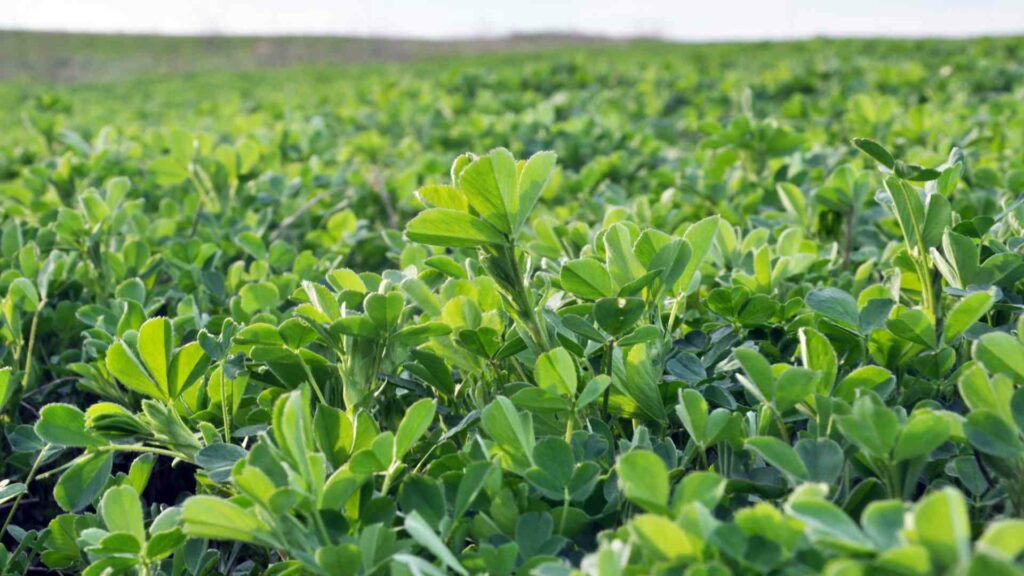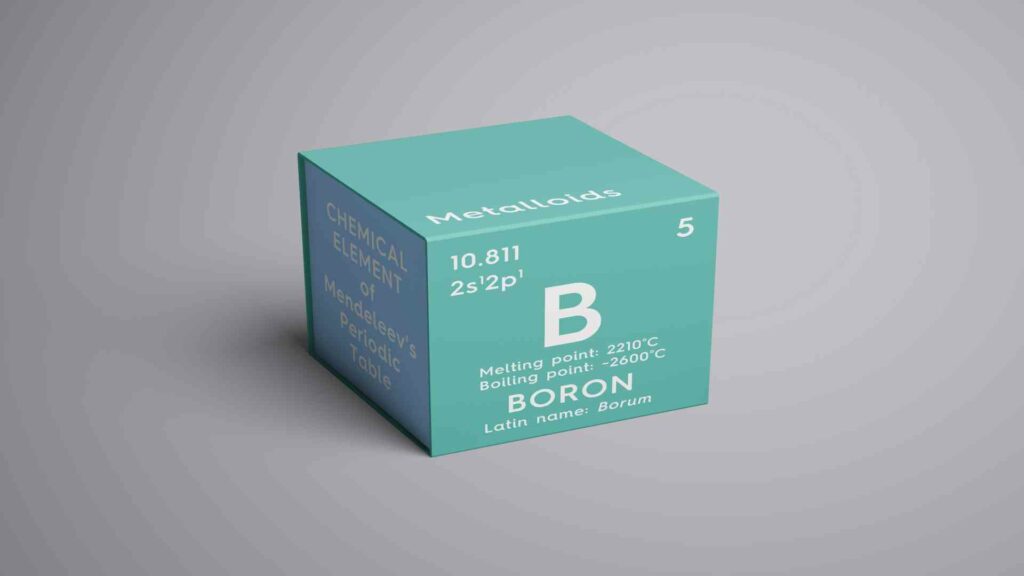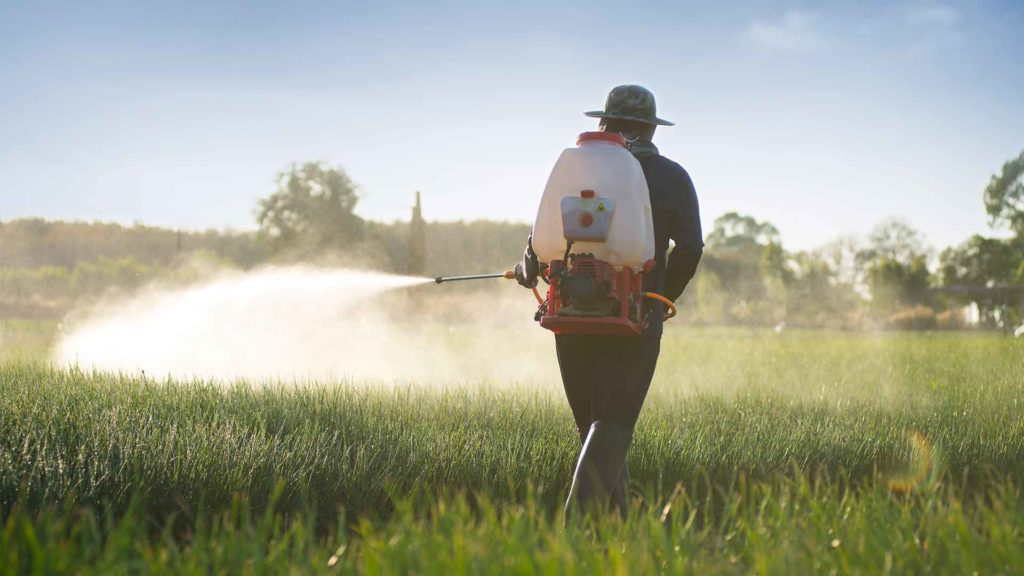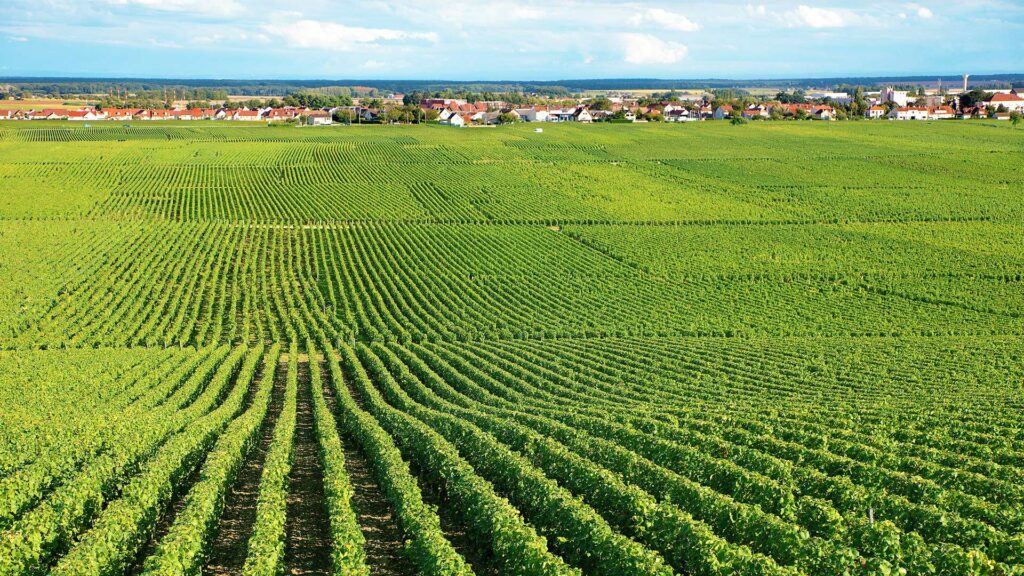Sustainable Farming Practices
Sustainable farming practices are becoming more popular as the world becomes more environmentally conscious. Sustainable farming is an approach to agriculture that focuses on producing food in an environmentally sustainable way. This means using methods that do not deplete the soil or damage the environment.

Sustainable Farming
Sustainable Farming
Sustainable farming is an agricultural system producing food while protecting the environment. Sustainable farming methods are diverse and adapt to local conditions. Still, they all share three common goals: to be economically viable, to protect and enhance the natural resource base, and to be socially responsible.
Sustainable farming uses a variety of production practices that minimize soil erosion and water pollution, conserve energy, and promote efficient use of resources. Below are the top five sustainable farming techniques that ensure green and environmentally friendly vegetable and plant growth.
1. Utilizing Renewable Energy Sources
The use of renewable energy sources for sustainable farming is becoming increasingly popular. Solar power, wind power, and other forms of renewable energy can help farmers reduce their reliance on fossil fuels, lower their operating costs, and protect the environment.
Solar panels can store solar energy, which can then be used to power pumps, heaters, and electrical fencing. Wind turbines can generate enough electricity to power farm machinery. Running river water can be used to generate hydroelectric power, and geothermal pumps can reap the benefits of the earth’s heat.
Also, boron is an essential element of many renewable energy sources. It is used in semiconductor materials as a dopant and a fuel cell catalyst. Boron-doped semiconductor layers further act as antireflection protective layers on the surface of a photovoltaic cell to enhance its reflectivity. Boron also aids in the storage of solar energy. Furthermore, boron magnets enhance the efficiency and reliability of wind turbine components.
Boron is thus critical to increasing the efficiency and sustainability of renewable energy. Investing in boron research and development will help to ensure that renewable energy sources continue to play a significant role in meeting our energy needs.
2. Crop Diversification & Crop Rotation
Crop diversification is growing multiple crops on a single plot of land. Because different crops are frequently affected by different diseases, this method may assist in minimizing the risk of plant diseases. Crop rotation is another sustainable farming practice to reduce disease risk. This entails growing various crops in a specific order on the same plot of land, which allows different plants to take advantage of multiple nutrients present in the soil over time and helps to prevent disease buildup.
Crop rotation and crop diversification also reduce the number of pesticides and chemical fertilizers needed. These practices improve soil health, making it easier for plants to resist pests and diseases.
Furthermore, crop diversification and crop rotation can improve water and nutrient uptake, making plants less reliant on external inputs.
3. Permaculture
Permaculture is a set of agricultural and social design principles centered on replicating or directly utilizing natural ecosystem patterns and features. Permaculture was initially defined as permanent agriculture. Nonetheless, it was expanded to stand for permanent culture, as it was recognized that social aspects are essential to a truly sustainable system that prioritizes human well-being.
Several techniques are involved in permaculture design, including growing grains and vegetables without tillage, using every plant for different functions, hugelkultur beds, spiral herb and plant beds, and improving swales to hold water.
4. Aquaponics & Hydroponics
Aquaponics and hydroponics are two of the most popular methods of growing plants without soil. Both systems use nutrient-rich water to support plant growth, but there are some key differences between the two approaches.
Aquaponics combines aquaculture (fish farming) and hydroponics (soilless plant growth). In an aquaponic system, water from the fish tank feeds the plants’ roots directly. The plants then purify the water, which is returned to the fish tank. This cycle creates a self-sustaining ecosystem that can produce fish and vegetables with minimal input from the farmer.
Regarding the nutrient needs of aquaponic plants, it is important to maintain a balanced ratio of Nitrogen to Phosphorus to Potassium (N:P:K). In addition, other trace nutrients, including copper, boron, zinc, calcium, chloride, magnesium, manganese, and iron, are also required for proper plant growth.
Boron deficiency can discolor leaf buds and cause them to break and drop in aquaponics. As a result, it is critical to ensure that your plants receive adequate boron. This can be accomplished by adding borax into aquaponics.
Hydroponics is another soilless plant-growth method, but it uses mineral solutions instead of water to feed the plant’s roots. Both aquaponics and hydroponics are highly efficient ways to produce food, and they can be used in various settings, from small home gardens to large commercial farms.
5. Agroforestry
Agroforestry is a highly productive and sustainable farming approach that involves the cultivation of shrubs, trees, and other plants. It combines the best attributes of agriculture and forestry and offers many environmental, social, and economic benefits. This system replicates natural forest ecosystems by incorporating layers of food forests made up of perennials, mushrooms, herbs, and vegetables.
Agroforestry can enhance crop yields while reducing the need for irrigation and fertilizers compared to traditional farming systems. Agroforestry also aids in preventing soil erosion and preserving water quality. As a result, this farming benefits both the environment and the farmer.





